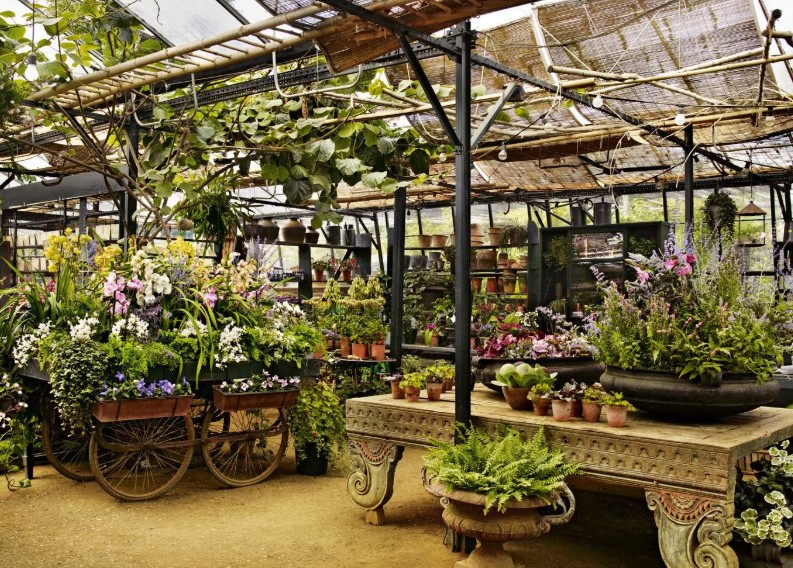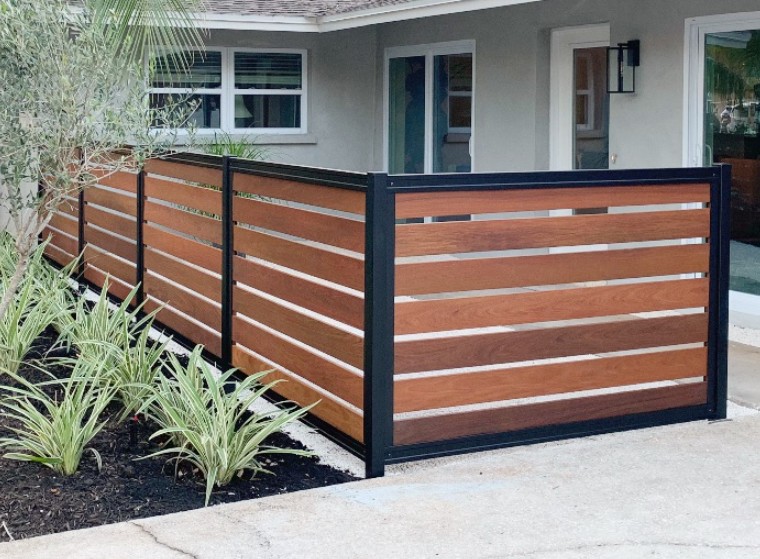YARD AND GARDEN: Consider sedum as a unique fall plant | Home & Garden

Master Gardener Juanita Sherwood presents Sedum.
At the state Master Gardener meeting in Springfield a few years back, I purchased something that I thoroughly enjoyed until it mysteriously disappeared. The meeting was held in early September, and what I purchased was a fall plant that I was pleased to have found. I brought it home, and we planted it in a showy spot in our front landscaping.
That plant was a Black Jack sedum which has dark purple leaves and light pink flowers. We enjoyed it for two or three years until it suddenly disappeared.
YARD AND GARDEN: We have officially entered pumpkin season
What happened? I’m not sure. Sedum isn’t prone to common enemies of plants such as disease or pests, including heavy insect infestation, or being consumed by animals. I’m guessing that the roots were disturbed or destroyed by a mole in its exuberant pursuit of one or more grubs. We had had a problem with the little critter and I’m guessing it was the guilty party.
Sadly, I have looked online (many times), in gardening catalogues, and at nurseries and other places that sell sedum to no avail. There are just no Black Jack sedum plants available and have not been for the several years. I have not given up, though.
In the meantime, there are plenty of other sedum varieties available that I could settle for. Some of them deliver quite a show in the garden as fall approaches.
Sedum requires a bit less preparation for a fall show than mums which should be pinched or cut back weekly until approximately the Fourth of July to ensure a “cushion” appearance. Sedum, however, is fairly carefree to grow. It likes sun, but can do OK with partial sun, although full shade will likely not let sedum perform at its best. Soil should be well-drained and not too rich; in fact, it can do well in sandy or slightly rocky soil.
YARD AND GARDEN: Don’t clean up your garden this fall!
A great feature of sedum also is that it is easy to propagate. Just break off a leaf with stem, place it in a clear glass vase or other container, add water enough to submerge only the stem, and place in sunlight. Be sure to keep the stem in water. You will soon have roots forming.
One of the most common sedums is Autumn Joy. The foliage is green and the blooms are a dark pink. I feel a bit “Ho, hum” about it, and if you do too, there are plenty of other varieties to choose from. There are two general kinds of sedum: upright, which Autumn Joy is, and low-growing which is pretty much a ground cover.
There are many varieties of both kinds of sedum. Some have two-tone leaves, or even tri-color. Some have flowers that are brighter than others. Some have yellow flowers instead of something in the red/pink spectrum.
If you want to see some gorgeous sedum, look online. One that I keep getting referred to instead of my Black Jack when I type that into my online search is Dragon’s Blood. I have seen its picture and read about it several times. I think that I may have to break down and substitute it for my beloved Black Jack.
When choosing something to add to your garden next spring, consider sedum. In the meantime, look around and see if you spot some here and there. Maybe you’ll see Autumn Joy, but maybe if you look closely, you might see another variety as well.
News flash. In my research, I discovered a sedum called Purple Emperor that resembles my Black Jack. Hooray. Next spring….
If you have questions about your garden or landscape, contact a master gardener at the University of Illinois Extension office in Mattoon at 217-345-7034 or through our online hotline at https://forms.illinois.edu/sec/1523725.
Be sure to visit U of I Extension’s horticulture website http://web.extension.illinois.edu/ccdms/ and like the Master Gardeners’ Facebook page www.facebook.com/ColesCountyMasterGardeners.
Mattoon-area places through the years
Young Radiator

1983: The Young Radiator plant was set to close due to a disputed union contract. Local 162 UAW and the company reached an agreement on a new three year contract at the last minute.
Oil well

1945: Baker’s No. 1 Bates well, a half-mile north of present production, waiting to drill plug, is creating tense speculation over possible field extension.
New post office

1981: The postmaster has given his stamp of approval on the new post office. One problem remaining is the different alignment of post boxes which has forced new numbers on 112 customers and left 65 more with boxes that are smaller than they are used to.
Memorial District Hospital

1956: Many residents are recalling events and personalities in the 50 history-making years of the hospital as the completion of the $1,150,000 expansion project is complete.
Mattoon Mounters

1985: Class 4 state champions at Mattoon Academy of Gymnastics and Dance include: front row, from left, Krista Budde, Michelle Cisna, Stacey Brown; second row, Christi Horein, Erica Vaultonburg, Jennifer Daily, Lori Shafer, Dixie Usinger, Toni Best, Jessica Kessler; back row, Tina Barnes, Nikki Shaw, Kim Jurgens, Pennie Lane, Elizabeth Ettlebrick, Angie Tilford, Christina Ritter, Johnna Von Behrens.
Kozy Log

1983: W.D. “Pill” Fisher stands by the log house h is building for his family. Fisher became distributor for Kozy Log homes.
Illinois Central Railroad depot

1977: The once bustling waiting room rests quietly except for an occasional passenger for one of the station’s four trains.
Downtown

1973: Mattoon earned a berth in the finals of the All-America Cities competition.
Downtown

1988: Mattoon was bustling in the 1950s, as this vintage photo shows. Photos are being compiled in a book by Alice Larrabee, Gail Lumpkin, Jean Johnston and Marianne Thiel.





